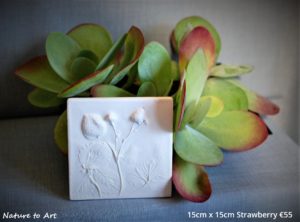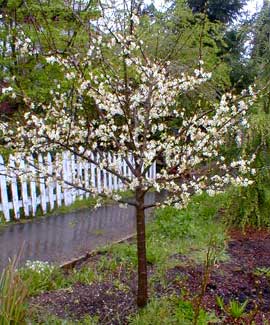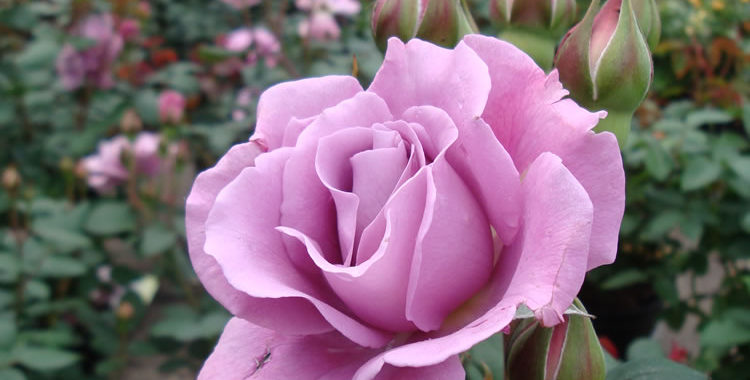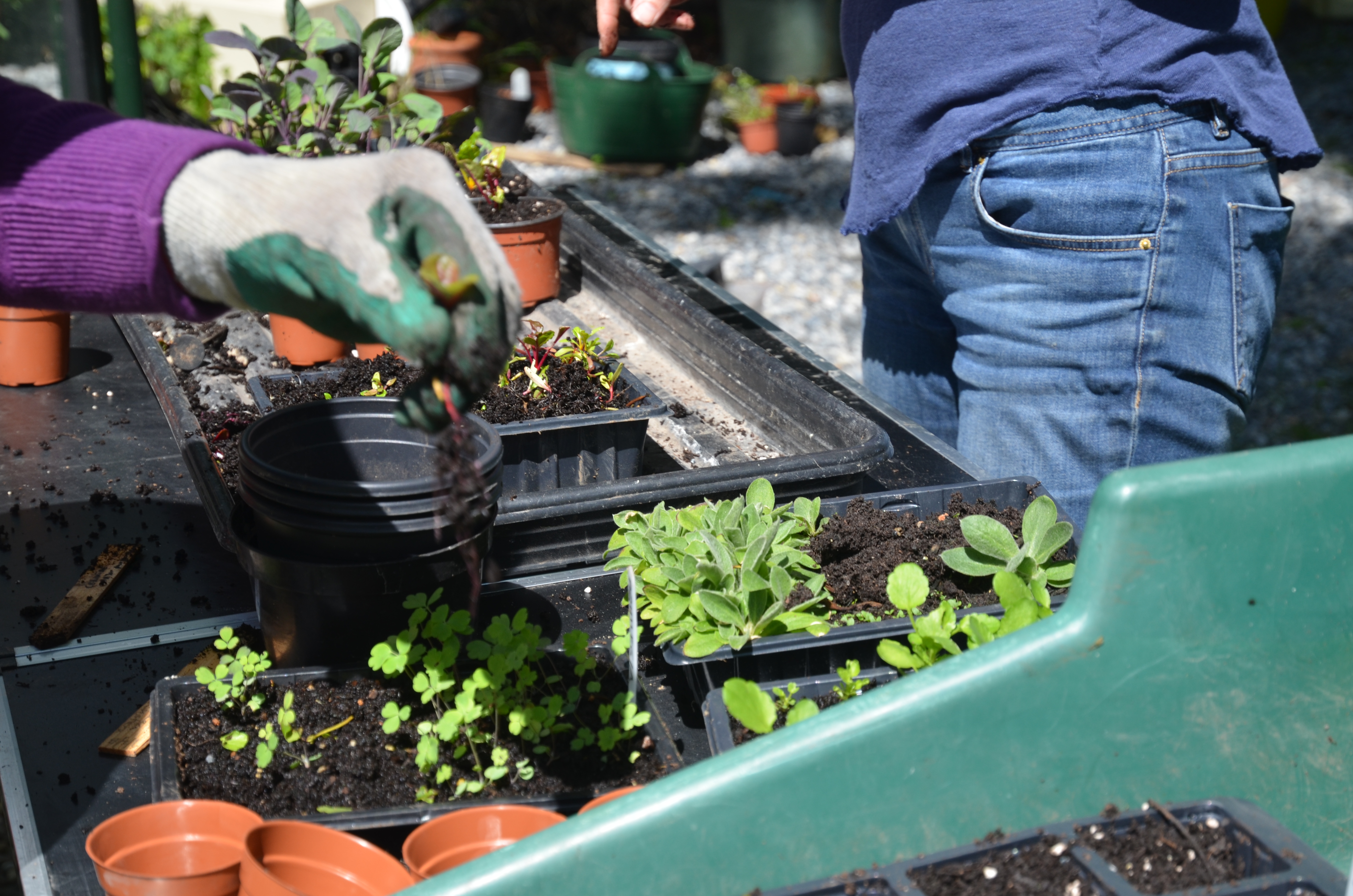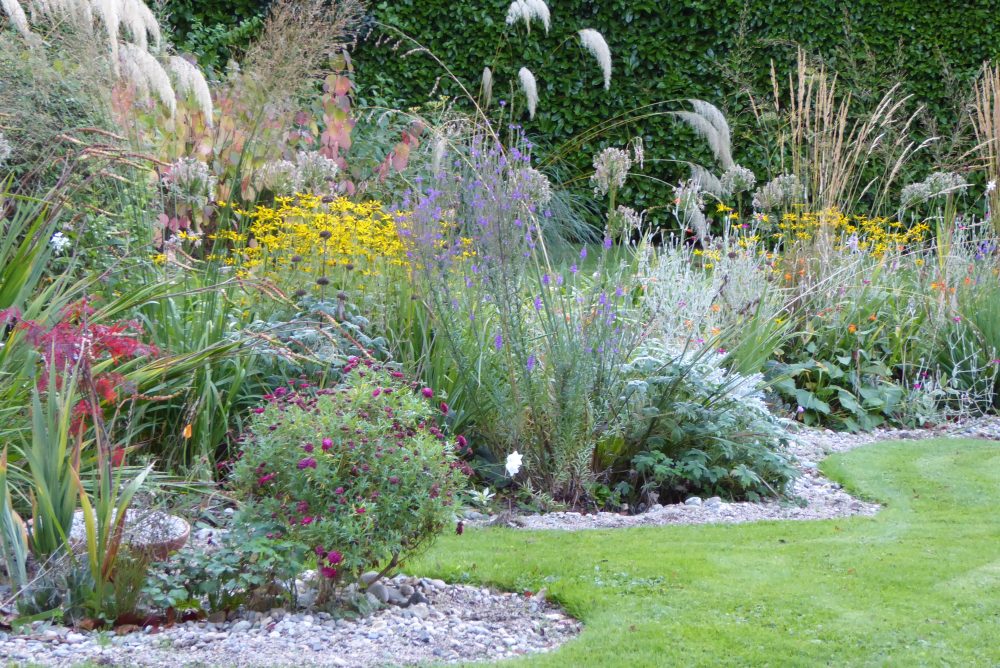Are ants in the garden bad?
 The good and bad news about ants and plants. Just as a weed is a plant growing in the wrong place, insects in the wrong place are pests.
The good and bad news about ants and plants. Just as a weed is a plant growing in the wrong place, insects in the wrong place are pests.
Ants play a very important role in the ecology of your garden for good and for not so good. …
Ants are predator and prey since they eat the eggs of many insects and serve as food for birds, lizards, and other beneficial. Their tunnels aerate the soil and allow water and nutrients to flow directly to the plant roots. They also distribute seeds by storing them in their tunnels.
The caterpillars of some butterfly groups produce a sweet substance known as honeydew to attract protectors. The ants “farm” the caterpillars, sometimes even carrying them into the ant nests to complete development. This interaction can add more butterflies and birds to your garden as they become attracted to the greater insect activity.
The bad news is that ants can protect honeydew-producing, sucking insects that do a great deal of damage, such as aphids — white, green and black fly also scale and mealybug, populations in the garden.
They actually will drag their eggs into their nests and protect them.
Wasps eat aphids. Aphids produce honeydew which ants love.
Controls of ants in your garden
 Planting aromatic herbs around the perimeter of your home can also discourage ants. The added benefit is that other insects and vermin are also put off by the aroma. Any mint plant – mint needs to be planted in a container as it will become too common in your garden, also Tansy and Sage can also be effective repellents.
Planting aromatic herbs around the perimeter of your home can also discourage ants. The added benefit is that other insects and vermin are also put off by the aroma. Any mint plant – mint needs to be planted in a container as it will become too common in your garden, also Tansy and Sage can also be effective repellents.
You can reduce their numbers by pouring boiling hot water on their nests. This technique will help you control population numbers at source.
Ants don’t like citrus. Squeeze a citrus fruit in the direction of your plant so that the juice spritzes out. This should help to repel the ants.
- To make a more heavy-duty citrus repellent, boil the rinds of half a dozen oranges in water for fifteen minutes. Also, you could use citrus drops.
- Blend the rinds and water in a food processor and pour the mixture around your plants.
- Make your own soap solution with 1 teaspoon of liquid dish soap in 1 pint of warm water or you could use washing up liquid diluted
- Spray it on and around your plant. Soaps containing peppermint oil are particularly effective.
Spices such as cinnamon, cloves, chilli powder, coffee grounds, or dried mint tea leaves can be scattered around the base of the plant to deter ants too.
Spray the flying ants ( which are mature mating creatures) with dishwashing soap
 Diluted dishwashing soap is an effective agent against flying ants as it attaches to their bodies and dehydrates them.
Diluted dishwashing soap is an effective agent against flying ants as it attaches to their bodies and dehydrates them.
Get yourself a spray bottle to catch the little creatures in flight and mix two generous squirts of dishwashing liquid with water. This is also effective on aphids on your plants. My mother would have used the water from the basin of washing up water to do this.
Using pesticides can damage beneficial insects and also the balance in your garden is really important to allow nature to do its job.


